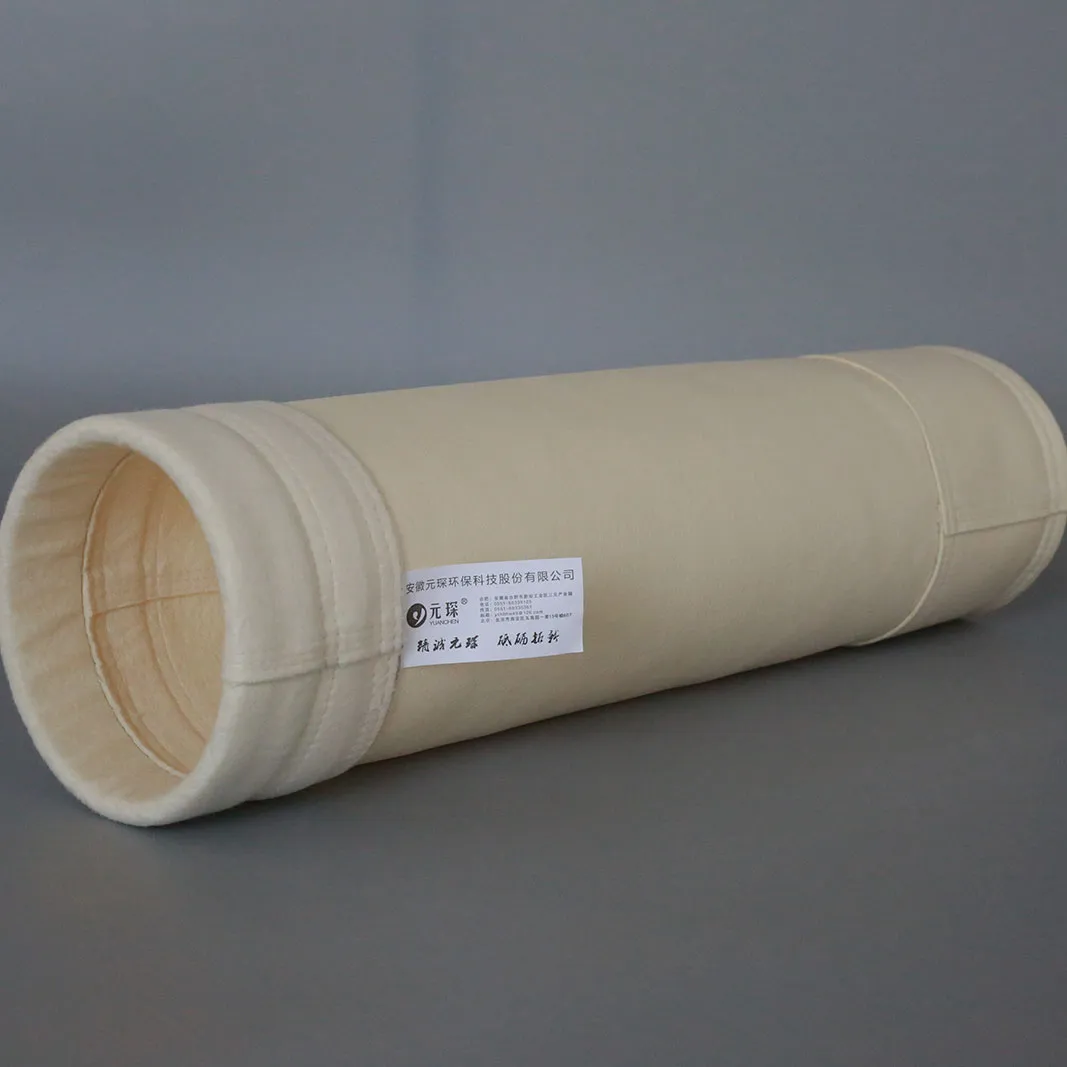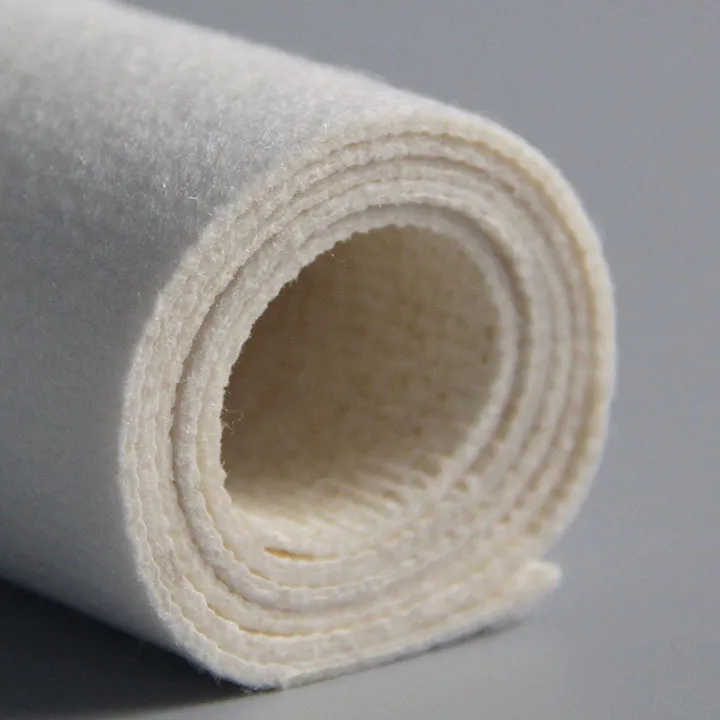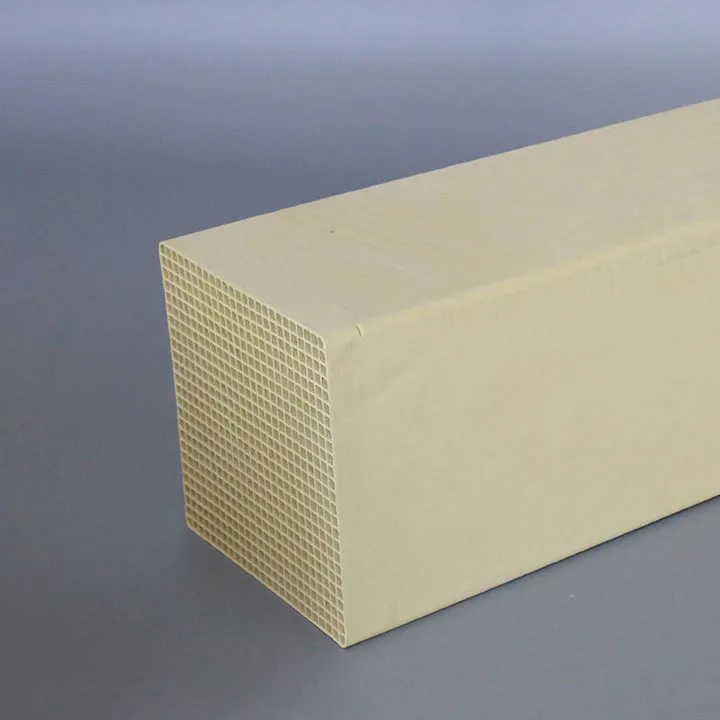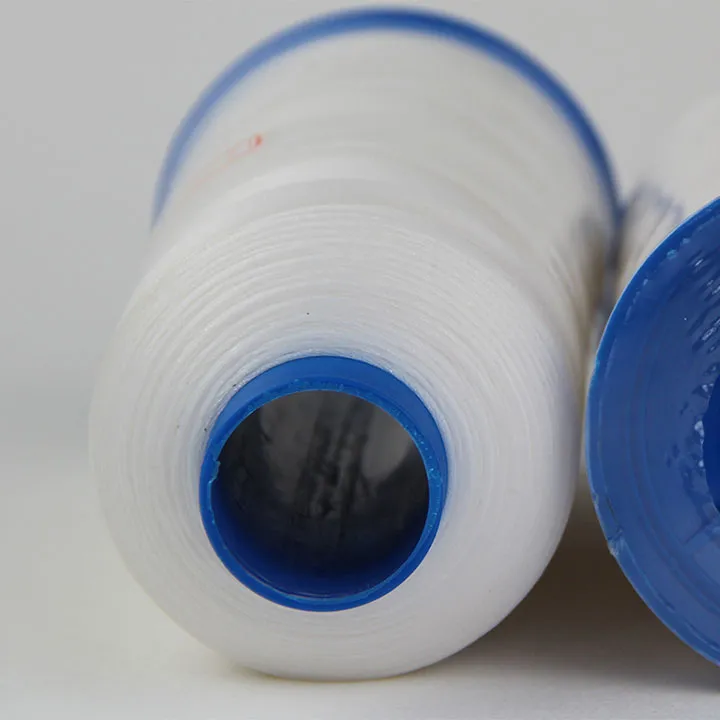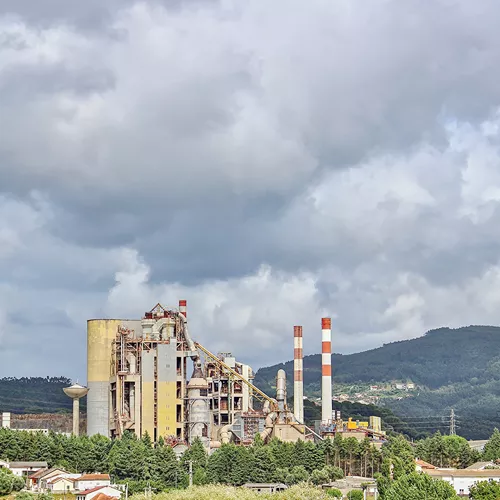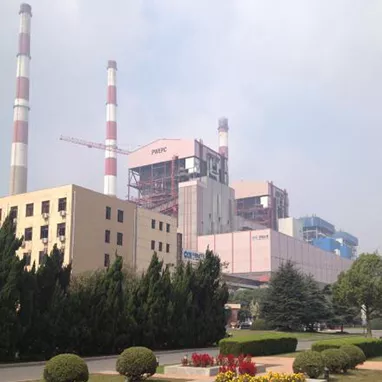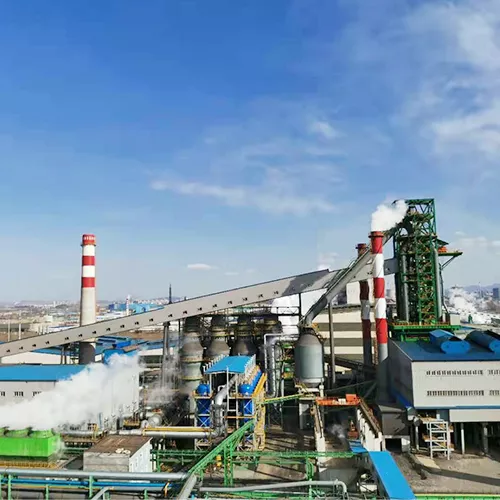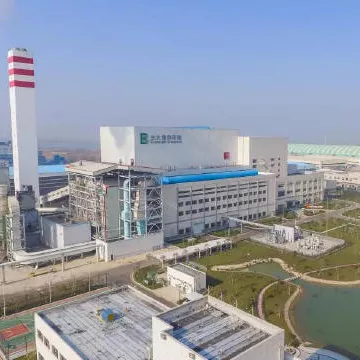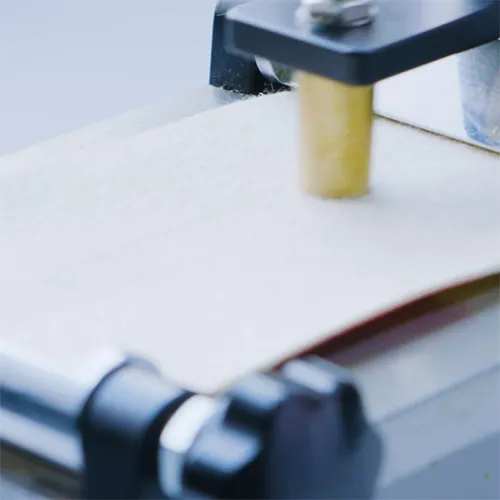Breaking Barriers: Exploring New Possibilities with Fiberglass Filter Fabric
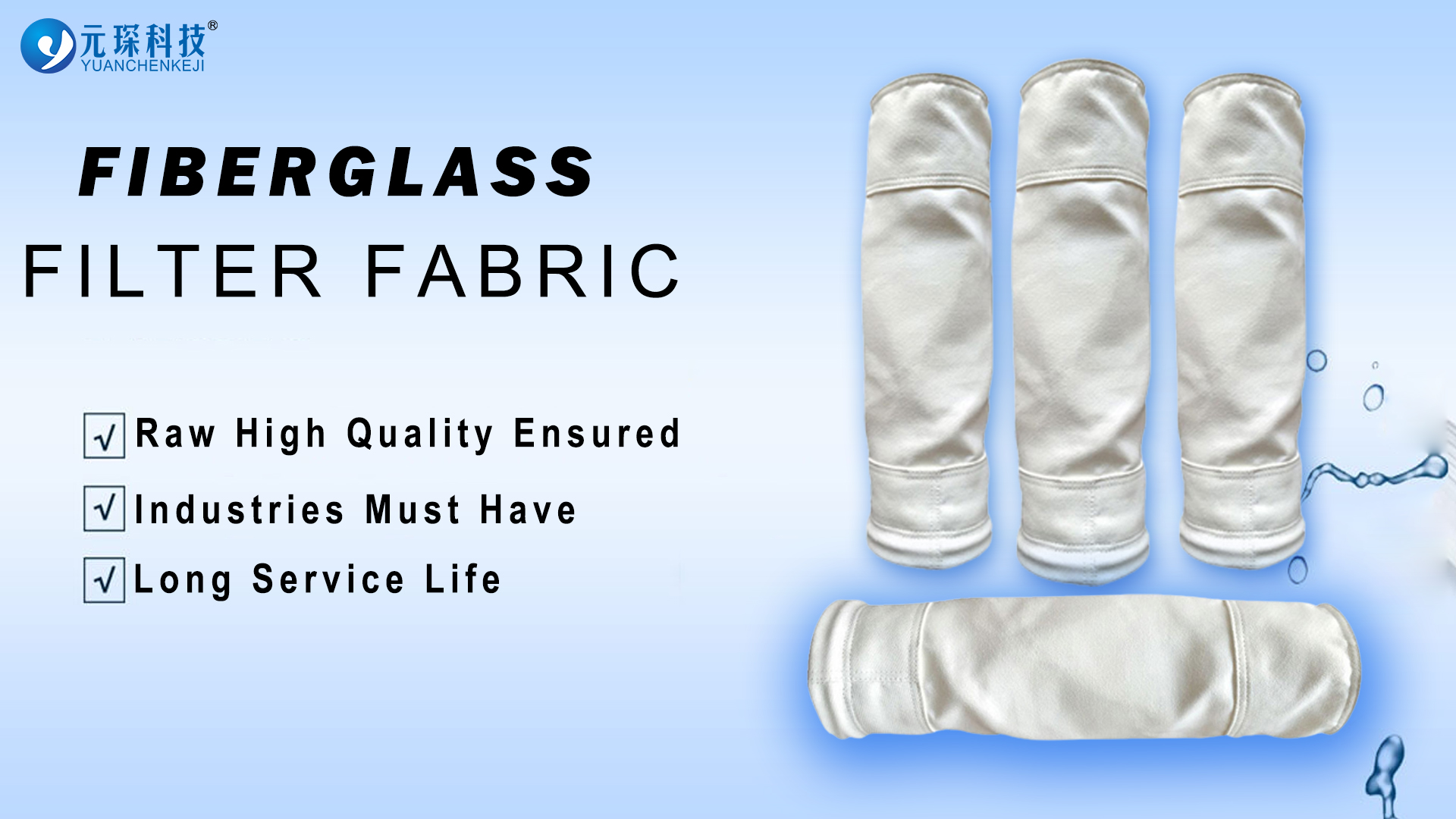 Fiberglass filter fabric is an innovative filtration material that is helping industries push boundaries and break barriers. All industries strive to continuously innovate and improve efficiency, performance, and cost-effectiveness. Filtration plays a key supporting role across many sectors through its ability to purify fluids, improve quality, and more. Fiberglass fabric allows filtration to reach new heights through its unique composition and advantages over traditional filter media. This blog post will explore how fiberglass fabric enables entirely new possibilities by overcoming limitations. We will discuss its underlying technology, developments, applications, and future potential. The purpose is to showcase how this innovative filter material can transform processes and help industries achieve their goals through advanced filtration performance.
Fiberglass filter fabric is an innovative filtration material that is helping industries push boundaries and break barriers. All industries strive to continuously innovate and improve efficiency, performance, and cost-effectiveness. Filtration plays a key supporting role across many sectors through its ability to purify fluids, improve quality, and more. Fiberglass fabric allows filtration to reach new heights through its unique composition and advantages over traditional filter media. This blog post will explore how fiberglass fabric enables entirely new possibilities by overcoming limitations. We will discuss its underlying technology, developments, applications, and future potential. The purpose is to showcase how this innovative filter material can transform processes and help industries achieve their goals through advanced filtration performance.
Understanding Fiberglass Filter Fabric
Fiberglass filter fabric is a woven media comprised of extremely small glass fibers. These fibers are produced through attenuation, where molten glass is drawn into thin filaments approximately 5-10 microns in diameter. The fibers are then woven into a porous mat with carefully controlled pore size and surface properties. Its composition gives fiberglass fabric distinct properties that differentiate it from other materials like polyester, cotton, and resin-bonded fibers.
Fiberglass fabric has high flow rates due to its interlocking fiber structure that resists collar formation. It provides efficiency levels far surpassing 99.99% for particulate removal down to 0.3 microns. Fiberglass is also chemically inert, resisting degradation from caustics, acids, solvents, and other harsh chemicals. Its hydrophilic surface attracts and captures particles through several filtration mechanisms. These advantages make fiberglass fabric applicable for liquid, gas, and air filtration across sectors dealing with chemicals, fluids, and other corrosive substances where superior efficiency is paramount.
Breaking Barriers with Fiberglass Filter Fabric
Traditional filter media face limitations that hinder filtration performance and potential applications. Fiberglass fabric overcomes these barriers, allowing new innovations and filtration capabilities. Its nanoscale fiber structure and hydrophilicity deliver previously unattainable efficiency and permeability. This has enabled breakthroughs across vital industries.
In chemical processing, fiberglass fabric withstands the harshest conditions. It has optimized processes at leading Fiberglass Filter Fabric manufacturers by capturing particles down to single-digit nanometers, maintaining purity specifications, and reducing waste. In water treatment, it reliably produces potable water from some of the most contaminated sources worldwide.
In oil and gas applications fiberglass fabric eliminates over 99.999% of contaminants down to 0.1 microns. This safeguards sensitive equipment from abrasive and corrosive contaminants. In automotive, its barrier to submicron particles has improved engine efficiency, and life, and reduced emissions from fuel and lube oil systems. Advanced aerospace applications also rely on fiberglass for critical avionic and hydraulic fluid filtration.
Innovations and Advancements
Continuous improvements expand fiberglass fabric's potential. Developments in raw material production and fiber tailoring now allow for even finer 0.2-0.3 micron fibers. This has pushed gas phase filtration to new limits. Advanced manufacturing techniques such as cross-lay winding employ precisely controlled tension to shape fibers into tortuous labyrinths boosting surface area up to 200m2/g.
Innovations like synthetic cationic binders optimize hydrophilicity and efficiency over an even wider pH range. Self-cleaning options utilize pulsations or backwashing to actively remove captured particles, extending service life. Recent case studies demonstrate how these advancements have helped the semiconductor industry achieve record-low 1 ppb contamination levels to protect sensitive components. They also optimized natural gas processing, allowing lower impurity levels for pipeline transport.
The Future of Fiberglass Filter Fabric
With continued progress in materials science and manufacturing, fiberglass filter fabric is positioned to transform industries. Areas showing potential include gas turbines, food and beverage processing, biotechnology, and particle detection systems. Miniaturized fabric formats compatible with point-of-use and portable devices will fuel filtration applications in new areas.
Entirely new fiber geometries may provide even more control over pore structure and permeability. Higher surface areas on the order of 500m2/g could enable completely new filtration techniques. As climate change mitigation becomes imperative, natural gas conditioning with fiberglass fabric plays an important supporting role in transitioning to lower-emission energy sources. Its unparalleled particulate removal will be crucial for carbon capture and storage as well as synthetic fuel production. With dedicated research, fiberglass filter fabric can become integral to many emerging technologies.
Last But Not Least
By pushing the boundaries of filtration performance, fiberglass filter fabric continues revealing new possibilities across industries. Its unmatched efficiency combined with durability amid the harshest conditions empowers crucial processes. Fiberglass fabric overcame barriers faced by other materials, transforming what was once unattainable into reality. As technologies progress, so too does our need for ultra-pure fluids and separation capabilities. Fiberglass filter fabric, through continuous research from visionary Fiberglass Filter Fabric manufacturers, will remain indispensable to this goal. Industries would be well-served embracing this groundbreaking material's ability to elevate their operations to new heights.


